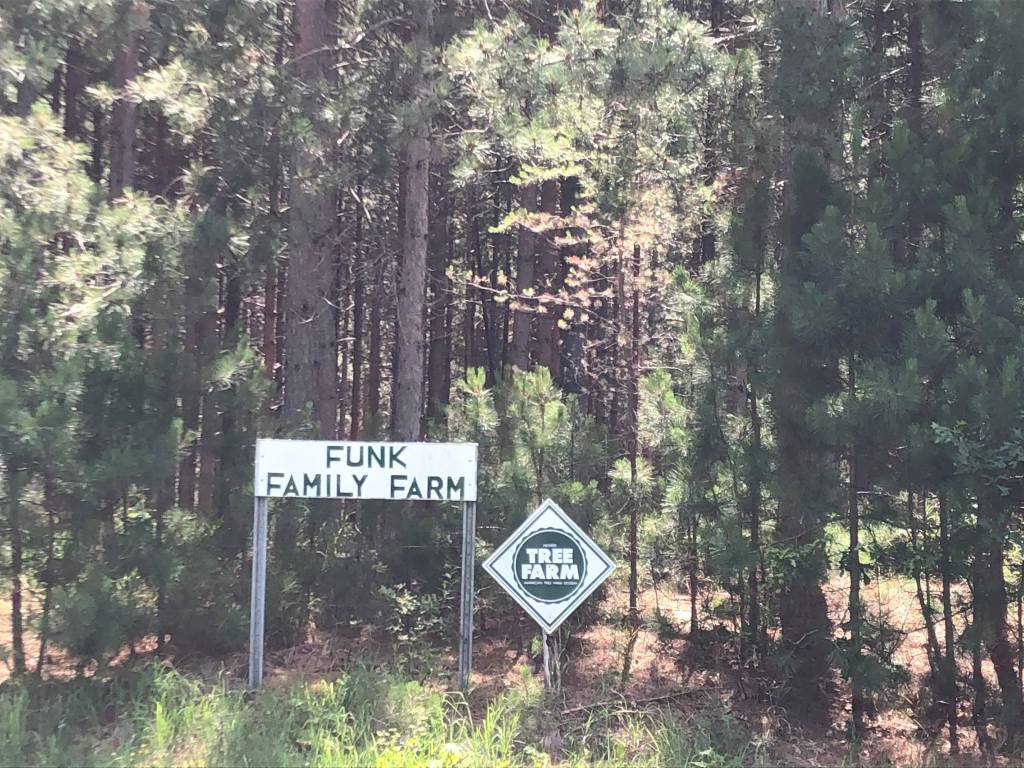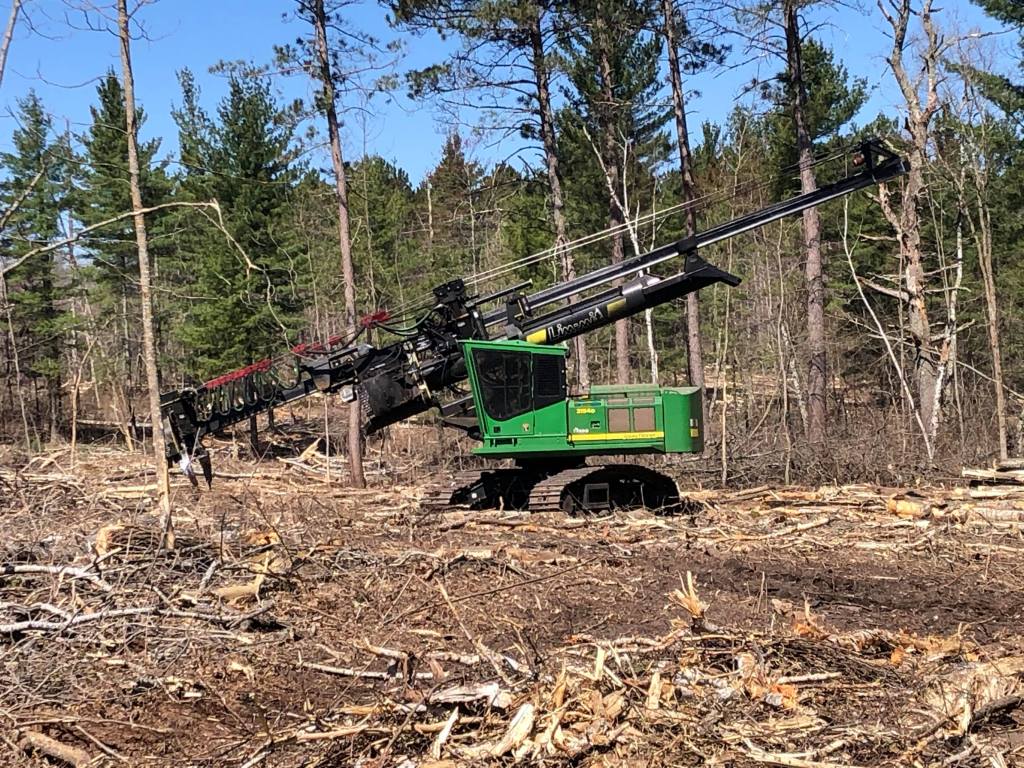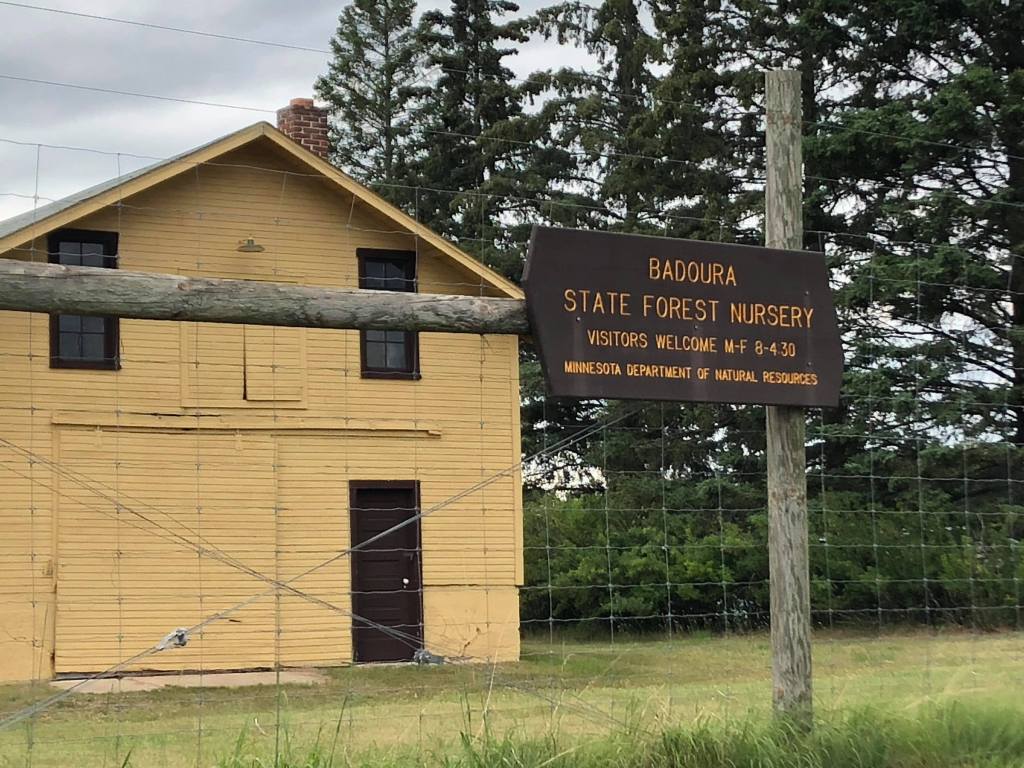Author: Sarah Kuschel
I have lived my entire life in north central Minnesota and have been surrounded by trees. Having our summer teacher tours affected by COVID-19 made us a little unsure of what route to take for the summer of 2020 and we decided to take a leap and try virtual tours hosted over five weeks. Each tour is led by a regional curriculum specialist highlighting a piece of Minnesota agriculture along with lesson plans to use with students this fall. I took a moment to sit back and think about something that would be neat to showcase in my area and maybe easier to do when I didn’t need to get a charter bus onsite. Minnesota logging is what came to mind, so next week’s tour is focusing on Minnesota trees and timber.

From a young age I was drawn to trees, I grew up on a tree farm just down the road from the forestry station and fire look-out tower. We grew Christmas trees for family and friends, foresters, loggers and even educators. Road trips with the family often included a game of “name that tree”.

As I grew older, I learned how to properly manage our forests both for us as well as the wildlife. Elementary school gave me the chance to plant trees in our school forest and on Arbor Day, we each got to bring the tree home to plant in our yard. High school was my turn to mentor and teach elementary students about planting trees and looking at soil profiles in our school forest. Time in the trees always provides learning opportunities no matter your age. Trees play such an important role in the ecosystem, and ensure we have quality air and shelter. Not to mention all the products provided when we harvest the timber: boards, baseball bats, paper, firewood and a list that could go on and on.

Today I still continue to plant trees to ensure that my cattle have windbreak protection from our harsh Minnesota weather patterns. We harvest mature trees to use for firewood to heat our home, and we get boards from the sawmill to maintain windbreaks and fences on the ranch. Having my own kids out in the trees learning about tree species and the cycle of life in the forest is an awesome outdoor classroom for all of us. The forest provides many job opportunities such as foresters, geologists, hydrologists, botanists, wildlife biologists, and more. These people work to ensure our forest land is managed in a sustainable fashion while providing us with forest products like building materials, paper products, recreations, animal habitat, energy, clean air and water.
I look forward to sharing the Minnesota Trees and Timber tour with over 100 educators on our summer teacher tour next week!
